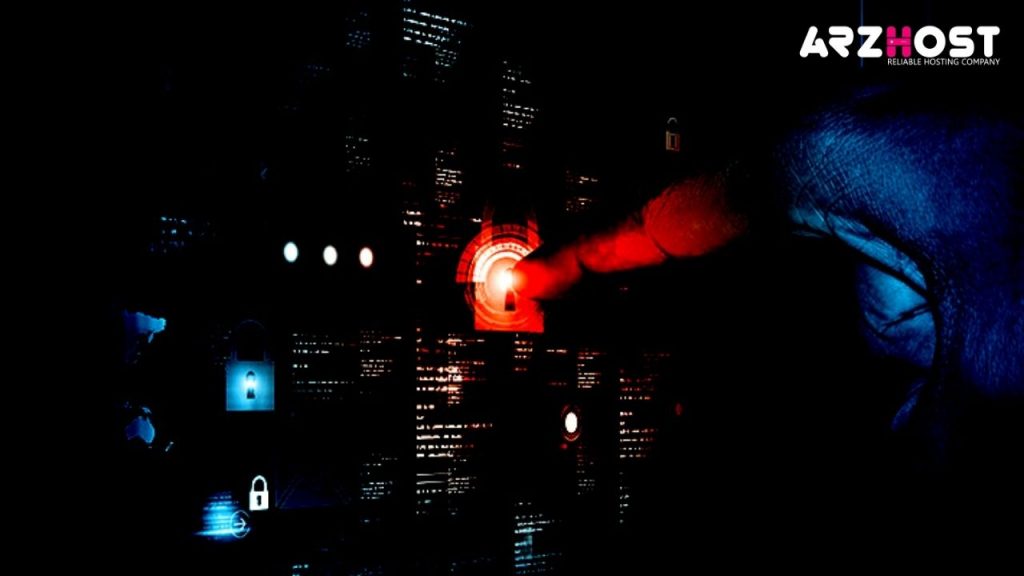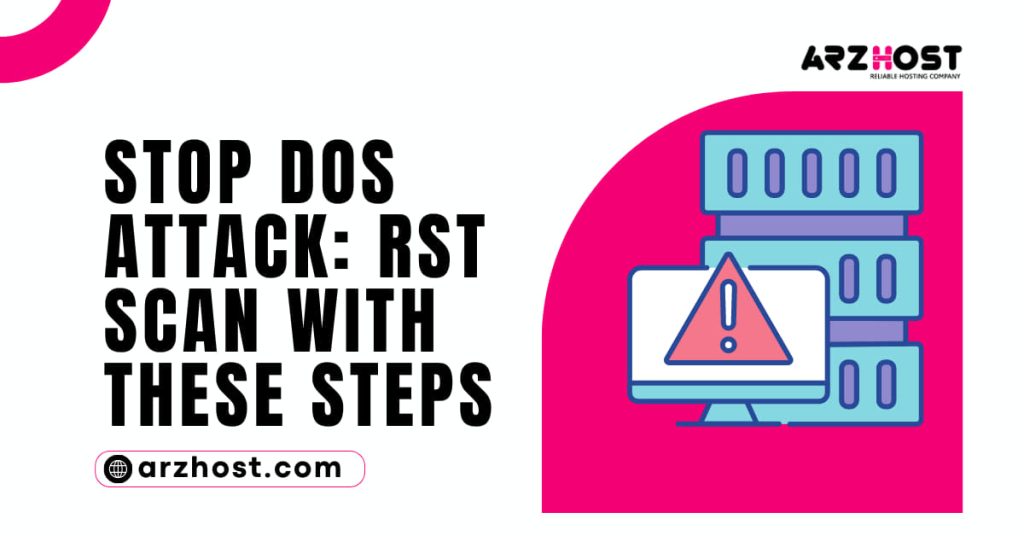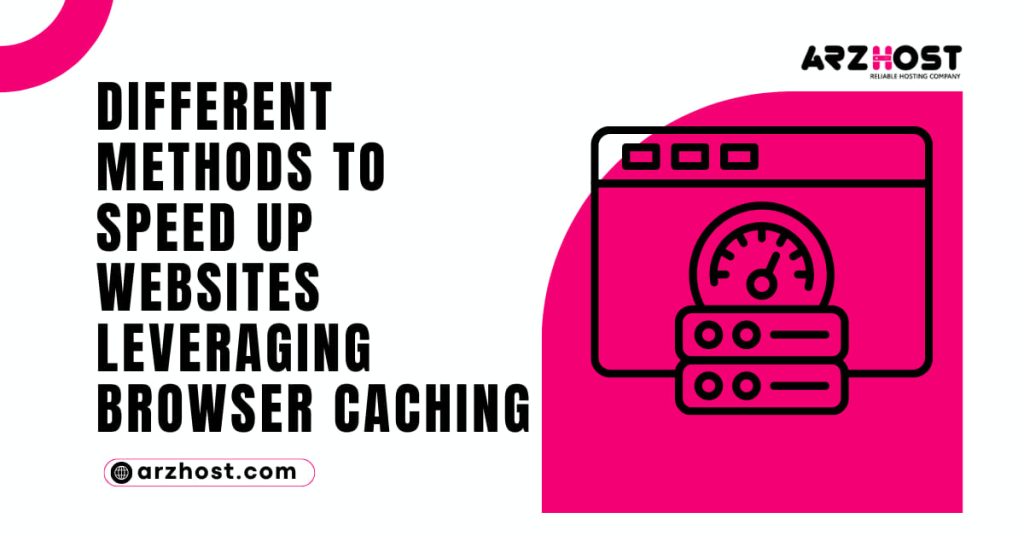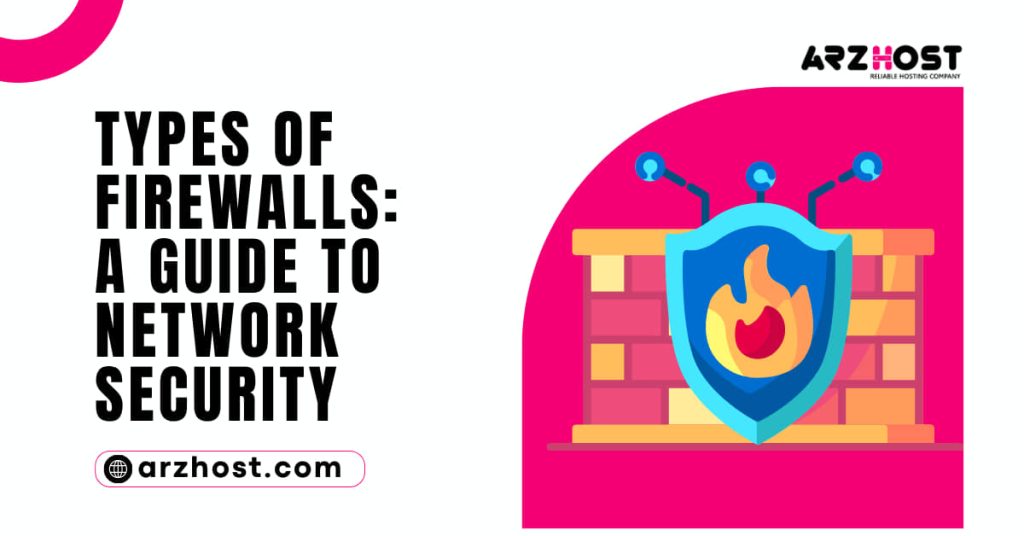ACK checks are generally used to perceive ports or have that may be filtered and impenetrable to another kind of inspecting. “[dos attack: rst scan]: How to Change?. An adversary uses TCP ACK parts to gather information about a firewall or ACL plan. How to Stop DOS Attack?
Aggressors channel our switch or send unwanted traffic/requests like SYN, ACK, FIN to unequivocal UDP/TCP Port. Every so often, they similarly send consistent unwanted traffic into explicit open port/s. This can crash our switch and get.
Today at ARZHOST, “[dos attack: rst scan]: How to Change?”. What about we see a part of the means which our Hosting Expert Planners follow to mitigate this issue.
What Is A DOS Attack: ACK Scan?
A DOS attack signifies “refusal of organization,” which infers that it is relied upon to shut down an entire machine or association. It becomes closed off to customers. DoS attacks do this by flooding a switch with traffic or sending such an overabundance of information that it crashes. The DoS attack ACK can keep customers from getting helpfulness, “[dos attack: rst scan]: How to Change?”. Which can be bewildering by any means and devastating most ideal situation.
Flood Attacks happen when the system is drenched with a great deal of traffic for the server to support. Generally, this makes the system deferred down or freeze. In case you inspect your DoS yield and see them going with names. You likely had a flood attack:
- Butter Overflow attacks are the most notable. They send more traffic to an association, and the system can’t manage it. It recalls various attacks for the summary. A Butter Overflow will take advantage of bugs inside explicit associations or applications.
- ICMP Flood: This one uses network devices, sending caricature packages that 16 ounces to every PC on an assigned organization. This can cause a “ping of death,” which is just comparably ghastly as it sounds.
- SYN Flood: The most un-typical, it sends a sale to interface with a server anyway by then never truly completes and relates, leaving an open port. It then douses those ports with sales, and customers can’t interface.
An additional sort of DOS attack is known as a DDoS attack or a Distributed Denial of Service Attack. “[dos attack: rst scan]: How to Change?”. This is the point at which various structures are organized to focus on a singular goal. This by and large happens when there is a specific inspiration to attack a particular person. It doesn’t consistently happen aimlessly.
How does ACK check DOS attack work?
A genuine structure is given a package with the ACK pennant set with a gathering number of zero to an entrancing port. All things considered, “[dos attack: rst scan]: How to Change?”. If the course of action number isn’t zero, there is an encroachment of TCP choices related to that limit.
Besides, the goal sends back an RST. The presence of the RST offers an attacker a nice hint that the host is alive yet behind some kind of isolating like a firewall, a switch, or even a couple of go-betweens.
A TCP ACK section when delivered off a completed port or transported off of sync to a listening port, the ordinary lead is for the device to respond with an RST. “[dos attack: rst scan]: How to Change?”. This helps the aggressor with discovering the sort of firewall.
When gotten together with SYN strategies an attacker will get a sensible picture of the sorts of bundles that leap forward to a host and can grasp the firewall rule-set. ACK sifting, when gotten together with SYN looking at, “[dos attack: rst scan]: How to Change?”. Also allows the enemy to explore whether a firewall is stateful or non-stateful.
Two potential standards for perceiving this lead are:
- prepared tcp 172.16.16.0/24 any – > 172.16.17.0/24 any (flags: AR; ack:0; msg: “Anticipated Ack Scan”; Sid: 10001;)
then again
- prepared tcp 172.16.16.0/24 any – > 172.16.17.0/24 any (flags: AR; msg: “Ack and RST recognized Potential Ack Scan”; Sid: 10002;)
In the chief guideline, “[dos attack: rst scan]: How to Change?”, the assumption that can’t avoid is that the Acknowledgment pennant will be set and the gathering worth will be set to “0”. This will make the genuine return an “RST”.
The ensuing standard looks for the presence of an “RST” with the Acknowledgment pennant set as opposed to looking for the presence of a zero-game plan regard. The presence of these two pennants together meanwhile can in like manner be an indication of an ACK check being used for awareness purposes, or “fire walking”.
Any SYN-ACK responses are expected connections: an RST(reset) response infers the port is closed, “[dos attack: rst scan]: How to Change?”, but there is a live PC here. No responses show SYN is isolated on the association.
An attacker can look at the switch or send unfortunate traffic/requests like SYN, ACK, FIN to unequivocal UDP/TCP Port. All things considered, if the switch is accessible from outside of the association, the assailant can get to it by creature power. A normal Probe response is given underneath:
- Test Response – Assigned State
- TCP RST response – unfiltered
- No response settled the score (after retransmissions) – filtered
- ICMP distant mix-up – filtered
A delineation of a typical ACK analyze:
- # nmap – sA – T4 <target>
- Starting Nmap (http://nmap.org)
- Nmap inspect report for target
- Not shown: 994 filtered ports
- PORT STATE SERVICE
- 22/TCP unfiltered ssh
- 25/TCP unfiltered SMTP
- 53/TCP unfiltered region
- 70/TCP unfiltered gopher
- 80/TCP unfiltered HTTP
- 113/TCP unfiltered auth
- Nmap did: 1 IP address (1 host up) analyzed in 4.01 seconds
Steps to Mitigate
- Set up a firewall to channel attempts.
We can use the going with requests to channel attempts with iptables.
- iptables – An INPUT – p TCP – TCP-standards SYN, ACK – m state – state NEW – j DROP
- iptables – An INPUT – p TCP – ONE – j DROP
- An INPUT – TCP-standards SYN, FIN – j DROP
- iptables – An INPUT – TCP SYN, RST
- An INPUT – ACK, FIN, URG – j DROP
- TCP – TCP-standards FIN, RST – j DROP
- TCP – TCP-standards ACK, FIN – j DROP
- iptables – An INPUT – p TCP – TCP-standards ACK, PSH – j DROP
- iptables – TCP-standards ACK, URG – j DROP
- Reset the IP on the off chance that it’s dynamic. Just turn the switch off for the DHCP lease time or satire another MAC address.
- Appropriate standards can be applied to DROP PKT like: burst limit/rate, “[dos attack: rst scan]: How to Change?”, Source limit, objective cutoff, affiliation breaking point, length, etc
We can use the going with Iptables orders for this:
$ sudo iptables - append INPUT - source 123.123.123.123 - ricochet DROP- of course
# iptables - An INPUT - m state - state NEW - j DROP
Guidelines to Stop DoS Attack ACK Scans
While most DOS attacks won’t achieve theft or cheating of individual information, it can save a huge load of work to oversee it and can even cost money to fix them.
 To stop DOS attack ACK channels, “[dos attack: rst scan]: How to Change?”, the best thing to do is prevent DoS attacks themselves. Secure your PC against bugs, diseases, malware, and various issues that can leave it frail. If something seems like it isn’t directly with your PC, have it checked out.
To stop DOS attack ACK channels, “[dos attack: rst scan]: How to Change?”, the best thing to do is prevent DoS attacks themselves. Secure your PC against bugs, diseases, malware, and various issues that can leave it frail. If something seems like it isn’t directly with your PC, have it checked out.
You can moreover take the going with steps:
1. Cultivate A Response Plan for Attacks
Expecting you do have private information on your PC, concerning work, you want to cultivate a response plan that you will take if you notice issues. Greater associations should endeavor this routinely, but any person who handles Visas or individual information should cultivate one moreover. “[dos attack: rst scan]: How to Change?”, Mull over the best advances you can remove to remain from influence.
2. Secure Your Network
Getting your association is important for certain, things, including DoS attacks. Try to research your settings to have different layers of assurance against attacks. Merge antivirus, VPNs, against spam, load-changing programming, and firewalls. “[dos attack: rst scan]: How to Change?”, Together, these systems will hinder attacks that result in anything, whether or not they stop the genuine attacks.
Most standard association equipment will go with a couple of decisions available to you, yet you should add more assistance. An unimaginable decision is to use a cloud-based plan that enables you to pay for what you truly need.
Stay mindful of patches and recognize any shortcomings. The most perceptibly terrible thing you can do is keep an entrance open for your attacker.
3. Know Best Practices for Network Security
Keep on using strong security practices all-around your PC. Having complex passwords that you change reliably can keep you from any enormous fallout of a DoS attack. If someone phishes you, report it and change your information. Secure your firewalls. Do whatever it takes not to put information on your PC that shouldn’t be there.
These are practices that get overlooked because people don’t think they are basic. They may seem, by all accounts, to be fundamental for you, but they work. “[dos attack: rst scan]: How to Change?”, There’s a clarification they keep on getting reiterated.
4. Associations Need to Build Network Architecture
Placing assets into incredible association designing isn’t at the most notable mark of every business’ overview, but maybe it should be. Security is huge, and associations need to make an association with plenty. This infers that on the off chance that one server is attacked, the others are prepared to manage the extra work.
Spread out resources so that on the off chance that there is an awful attack, the entire business won’t drop. “[dos attack: rst scan]: How to Change?”, For home customers, this movement isn’t as critical.
5. Post for Warning Signs
“[dos attack: rst scan]: How to Change?”, You should have the choice to perceive the signs of a DOS attack in a little while. They include:
- Spotty connections that stoppage and speed up aimlessly
- Website terminations
- Multiple attacks or ACK checks instantly
- Antivirus that subjectively analyzes
- Multiple alerts of an attack on the firewall
Advised signs show as whatever shows up “off” on your PC. You ought to acknowledge when something isn’t continuing as it should. Note that sporadically non-PCs will give signs too. If you have a wireless, sharp speaker, or another tech piece related to the web, you might perceive the issue there first.
6. Check with Technology Companies
As referred to, a couple of associations make things that attract attacks. For example, Net Gear and Amazon will by and large get attacked as a rule because people have shortcomings in their gear. Certain contraptions yield results for developers, which infers they get attacked reliably.
The specialists will devise fixes or fixes, “[dos attack: rst scan]: How to Change?”, so make sure to keep everything invigorated. Close to the day’s end, on occasion, there is no way to thwart attacks, which is puzzling. You should be sure that when an attack comes, you won’t be the individual being referred to.
Conclusion
Thus, we saw how the ACK channel DOS attack capacities close by the means which our Hosting Expert Planners follow to reduce this. “[dos attack: rst scan]: How to Change?”, Anyway as long you have a good antivirus and firewall on your PC, you shouldn’t have to worry about these yields. There isn’t a great deal of that standard people can do to hold them back from happening. You may see more at unequivocal events, and a short time later they vanish.
The fundamental issue comes when you start to see strange things on your PC. If you are using your PC or system for gaming, examining the web, and electronic media, it isn’t anything to worry about. “[dos attack: rst scan]: How to Change?”, Accepting you own a business or work from your PC, you may have to concentrate nearer as you have a target on your back.
People Also Ask
Question # 1: What is a DoS attack rst scan?
Answer: What Is A DOS Attack: Ack Scan? A DoS attack stands for “denial of service,” which means that it is intended to shut down an entire machine or network. It becomes inaccessible to users. DoS attacks do this by flooding a router with traffic or sending so much information that it crashes.
Question # 2: What is a DOS attack UDP scan?
Answer: “UDP flood” is a type of Denial of Service (DoS) attack in which the attacker overwhelms random ports on the targeted host with IP packets containing UDP datagrams. As more and more UDP packets are received and answered, the system becomes overwhelmed and unresponsive to other clients.
Question # 3: What is a DOS attack on router logs?
Answer: Denial of Service (DoS) attacks happen in the logs of the router, which makes the router traffic unavailable for the user by disrupting the normal traffic with some other data or continuously scanning the ports of the router. The DoS attack slows the traffic speed on the router.
Question # 4: What happens during an SYN flood attack?
Answer: In an SYN flood attack, the attacker sends repeated SYN packets to every port on the targeted server, often using a fake IP address. The server, unaware of the attack, receives multiple, apparently legitimate requests to establish communication. It responds to each attempt with an SYN-ACK packet from each open port.
Question # 5: What is the DOS attack ARP attack?
Answer: A DoS attack is aimed at denying one or more victims access to network resources. In the case of ARP, an attacker might send out ARP Response messages that falsely map hundreds or even thousands of IP addresses to a single MAC address, potentially overwhelming the target machine.









